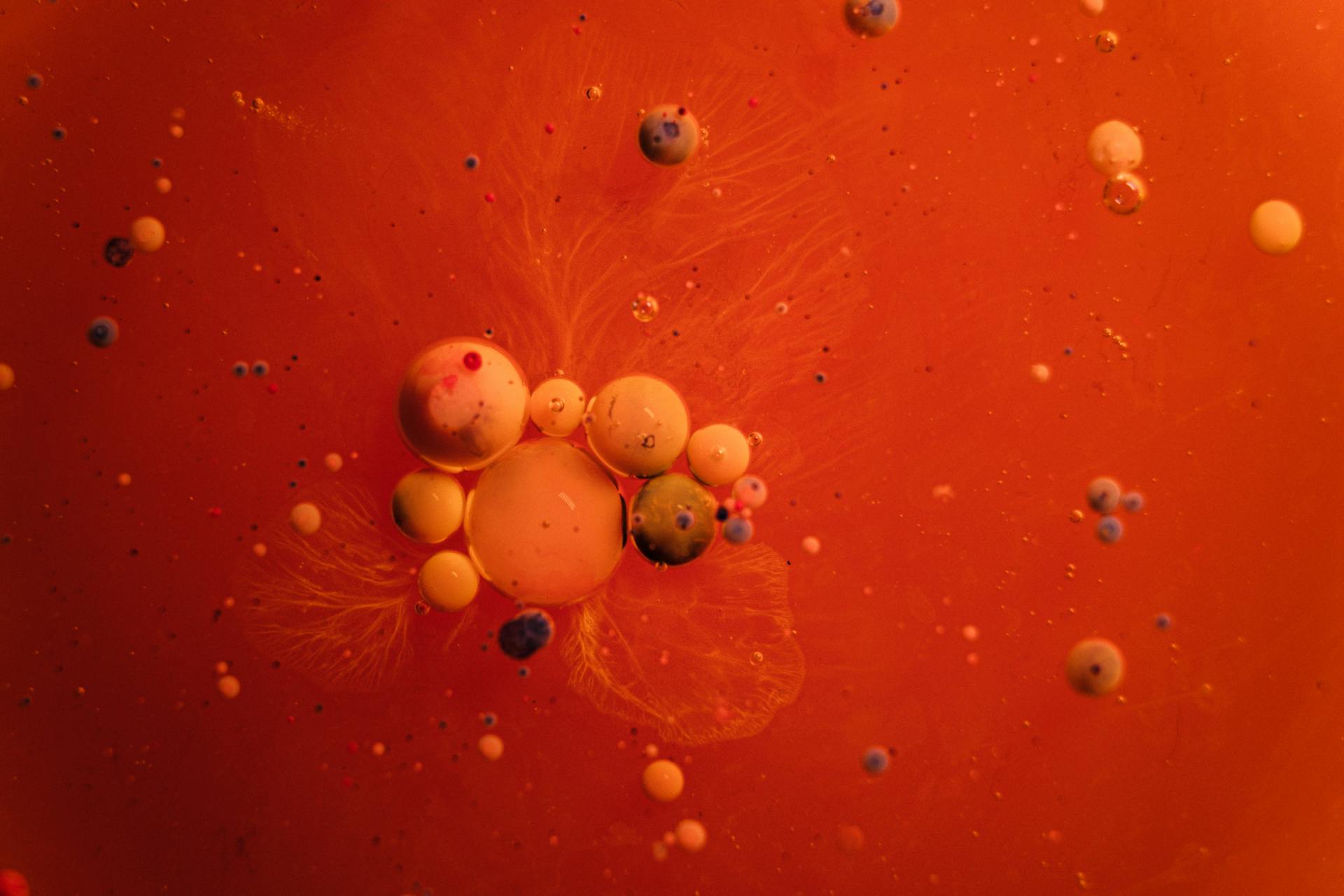Nitric Oxide Modulates Contrast Suppression in a Subset of Mouse Retinal Ganglion Cells
NitroContrast explores the role of nitric oxide in modulating contrast suppression in specific mouse retinal ganglion cells.
This blog investigates recent research on the influence of nitric oxide on contrast suppression mechanisms within mouse retinal ganglion cells. It examines how this signaling molecule affects visual processing and contributes to our understanding of retinal function and dysfunction.



Scroll to explore

